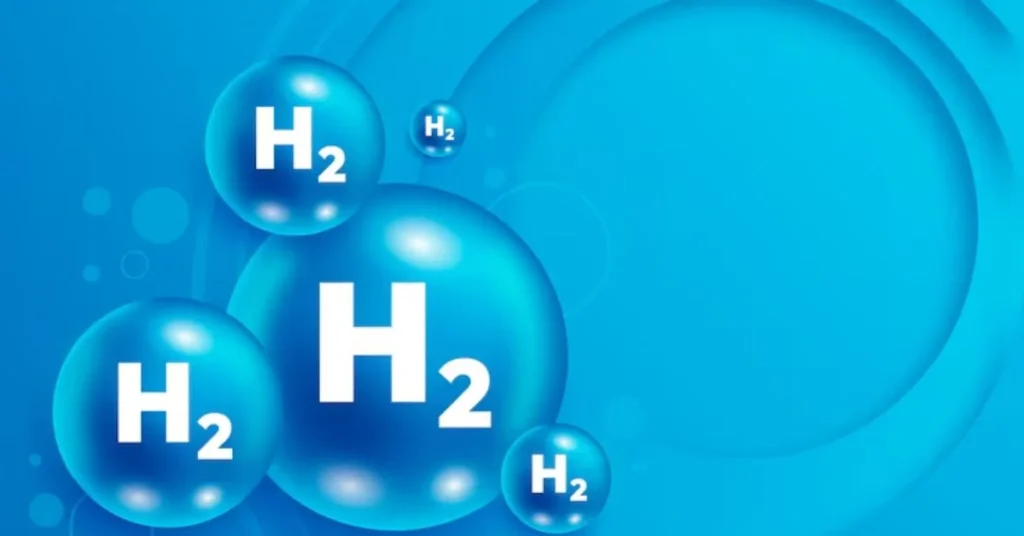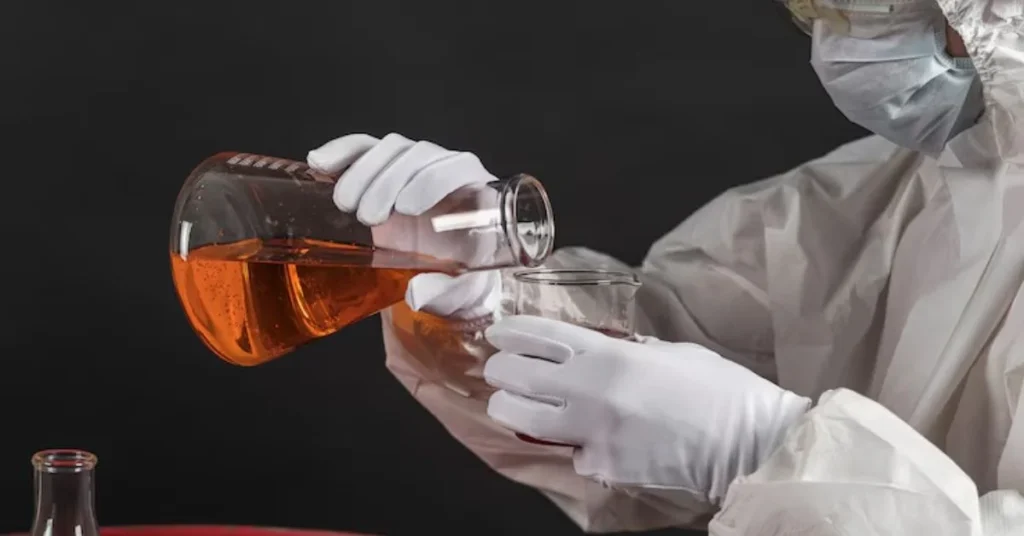HCOOCH CH2 H2O – Many industrial and technical breakthroughs have their roots in chemistry. Combining HCOOCH, CH2, and H2O is one example of a fascinating and useful reaction. The response to this interaction has significant practical consequences. This article will provide a thorough and easy-to-understand examination of the structure, behavior, and industrial significance of the interaction between these chemicals.
Understanding the Chemical Components
To fully understand the significance of the reaction involving HCOOCH CH2 H2O, we must first identify what these compounds are:
- HCOOCH3: Commonly known as methyl formate, this is an ester formed from formic acid and methanol.
- CH2: A methylene group, typically representing a reactive intermediate.
- H2O: Water, which often serves as the solvent or reactant in hydrolysis reactions.
These components collectively participate in a chemical process where water reacts with methyl formate, breaking the ester bond and producing simpler, useful compounds.
Structural Analysis of HCOOCH
A methoxy group (-OCH3) is ester-bonded to a formyl group (HCO-) to form methyl formate (HCOOCH3). The presence of water or acidic or basic conditions renders it highly sensitive to hydrolysis due to its structure.
- Molecular Formula: C2H4O2
- Functional Groups: Ester (COO)
- Polarity: Polar compound, soluble in water and organic solvents
- Volatility: High, due to its low boiling point
Hydrolysis Mechanism with Water
Hydrolysis is a chemical reaction where water breaks down another compound. In the case of methyl formate, water attacks the ester linkage, resulting in the formation of formic acid and methanol:
Reaction:
HCOOCH3 + H2O → HCOOH + CH3OH
Step-by-Step Breakdown:
- Activation: Acidic or basic catalyst activates the ester group.
- Nucleophilic Attack: Water molecule attacks the electrophilic carbon.
- Intermediate Formation: Tetrahedral intermediate forms.
- Bond Cleavage: Ester bond breaks, yielding formic acid and methanol.
This reaction is reversible but under controlled conditions, the forward reaction can be driven to completion.

Products Formed and Their Importance
The two main products of this hydrolysis reaction are:
- Formic Acid (HCOOH): A simple carboxylic acid used in leather tanning, preservatives, and textile dyeing.
- Methanol (CH3OH): A versatile alcohol used in fuel, antifreeze, solvents, and as a feedstock for chemical synthesis.
Real-World Industrial Applications
This hydrolysis process, and the compounds involved, have several industrial applications:
Formic Acid:
- Leather Industry: Used in the tanning process.
- Agriculture: Acts as a preservative and antibacterial agent in animal feed.
- Rubber Industry: Used for coagulating rubber latex.
Methanol:
- Energy Sector: Used as a biofuel and hydrogen carrier.
- Chemical Manufacturing: Precursor to formaldehyde and acetic acid.
- Automotive: Found in antifreeze and windshield washer fluids.
Methyl Formate:
- Blowing Agent: Used in manufacturing polyurethane foams.
- Solvent: Useful in fast-evaporating solvent systems for paints and coatings.
- Flavor & Fragrance Industry: Present in perfumes and artificial flavors.
Safety and Environmental Concerns
While useful, handling these chemicals requires caution:
- Flammability: Methyl formate and methanol are both highly flammable.
- Toxicity: Methanol is toxic if ingested, inhaled, or absorbed.
- Handling: Requires proper ventilation, personal protective equipment (PPE), and storage protocols.
Environmental Impact
- Biodegradability: Both formic acid and methanol break down readily in the environment.
- VOC Emissions: Methyl formate can contribute to air pollution if not properly managed.

Conclusion
The HCOOCH CH2 H2O interaction is more than simply a chemical mystery. The manufacture of vital industrial chemicals relies on this process. Chemistry is incredibly valuable in our daily lives, as this basic reaction shows. It’s used for anything from making solvents to producing fuel.
FAQs
1. What does HCOOCH CH2 H2O represent in chemistry?
It refers to the hydrolysis reaction where methyl formate (HCOOCH3) reacts with water to form formic acid and methanol.
2. Is the reaction between HCOOCH and H2O fast?
Yes, especially under acidic or basic conditions which catalyze the reaction.
3. What are the real-world uses of methyl formate?
Used as a solvent, blowing agent, and in fragrance and flavor industries.
4. Why is methanol considered hazardous?
Methanol is flammable and toxic, posing serious health risks if not handled properly.
5. Is the hydrolysis of methyl formate reversible?
Yes, but it can be driven forward under controlled conditions to favor product formation.
For more information, click here.









